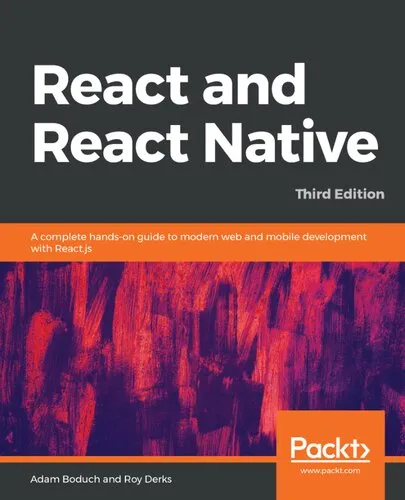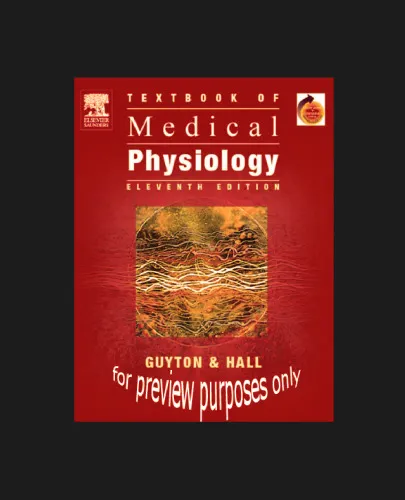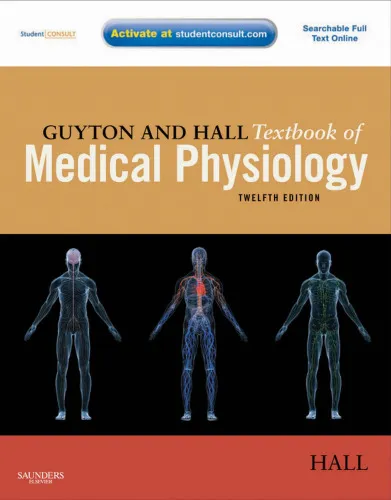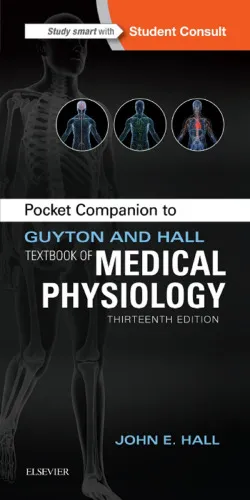Comparative Biochemistry and Physiology Part B: Biochemistry and Molecular Biology
4.5
Reviews from our users

You Can Ask your questions from this book's AI after Login
Each download or ask from book AI costs 2 points. To earn more free points, please visit the Points Guide Page and complete some valuable actions.Related Refrences:
Analytical Summary
The book Comparative Biochemistry and Physiology Part B: Biochemistry and Molecular Biologypp.236—240 by Karen Batista de Morais, Kathleen Fernandes Grego, and Anita Mitico Tanaka-Azevedo is a specialized scientific contribution aimed at deepening the understanding of comparative biochemical processes among species. This work situates itself firmly in the crossroads of biochemistry, molecular biology, and evolutionary physiology, presenting data and interpretations that speak directly to the needs of academic researchers, laboratory professionals, and serious students of the life sciences.
Rather than offering a general overview, the authors delve into specific aspects of comparative biochemistry, bringing attention to molecular mechanisms that differentiate species’ physiological responses. The volume in Part B of this reputable journal emphasizes the biochemical pathways and molecular adaptations reflected in diverse taxa, integrating findings from enzymology, protein structure analysis, and metabolic regulation.
Due to the specificity of the page range provided (pp.236—240), the scope of this work is concise yet concentrated, offering clarity through carefully curated methodology, data presentation, and discussion. Publication year information is unavailable due to the absence of a reliable public source, though the context suggests relevance to contemporary biochemical discourse.
Key Takeaways
From this examination in Comparative Biochemistry and Physiology Part B: Biochemistry and Molecular Biologypp.236—240, several important insights emerge that transcend mere data reporting, contributing to the broader discipline of molecular biology and comparative physiology.
Firstly, the work underscores the principle that biochemical diversity across organisms is rooted in evolutionary pressures, environmental variables, and genetic determinants. Secondly, it highlights the critical role of comparative enzymology in identifying functional adaptations. Thirdly, it situates molecular adaptation as both a research focus and a tool for predicting organismal resilience in changing ecosystems.
Additionally, researchers can find methodological exemplars in the way data are structured and interpreted, serving as a reference point for future studies in similar domains. The emphasis on cross-species comparison enriches the biochemistry discourse, making it relevant to ecologists, evolutionary biologists, and applied biotechnologists alike.
Memorable Quotes
“Comparative tools in biochemistry provide a window into nature’s adaptive logic.”Unknown
“Molecular diversity is not mere variance; it is the blueprint of survival.”Unknown
“Understanding physiological adaptation demands a biochemical lens.”Unknown
Why This Book Matters
In the realm of biochemical and physiological research, works like Comparative Biochemistry and Physiology Part B: Biochemistry and Molecular Biologypp.236—240 stand out for their precision and applicability.
This publication is not merely a static record of experiments; it functions as a dynamic touchstone for ongoing scientific inquiry. Its comparative approach invites interdisciplinary dialogue, prompting collaborations between molecular biologists, ecophysiologists, and evolutionary theorists. The integrated view aligns biochemical phenomena with larger ecological and evolutionary frameworks, making it vital for anyone engaged in studying adaptation at the molecular level.
Furthermore, the focus on molecular adaptation contributes to predictive biology, where understanding present mechanisms informs projections about future organismal responses to environmental changes.
Inspiring Conclusion
For academicians, researchers, and students dedicated to unraveling the biochemical complexities of life, Comparative Biochemistry and Physiology Part B: Biochemistry and Molecular Biologypp.236—240 offers a concentrated yet rich perspective that invites deep engagement.
By examining the nuanced interplay between molecular structure and physiological function, the authors empower the reader to recognize patterns of adaptation that are at once specific and universal. The book’s relevance extends beyond its immediate findings, as it inspires further comparative studies leveraging advanced molecular techniques.
Readers are encouraged to read, share, and discuss these insights within their scientific communities, thereby extending the impact of this focused work into broader collaborative frameworks. In doing so, the dialogue around comparative biochemistry and molecular biology will continue to evolve, enriched by the precision and depth reflected in this publication.
Free Direct Download
You Can Download this book after Login
Accessing books through legal platforms and public libraries not only supports the rights of authors and publishers but also contributes to the sustainability of reading culture. Before downloading, please take a moment to consider these options.
Find this book on other platforms:
WorldCat helps you find books in libraries worldwide.
See ratings, reviews, and discussions on Goodreads.
Find and buy rare or used books on AbeBooks.
1080
بازدید4.5
امتیاز0
نظر98%
رضایتReviews:
4.5
Based on 0 users review
Questions & Answers
Ask questions about this book or help others by answering
No questions yet. Be the first to ask!























